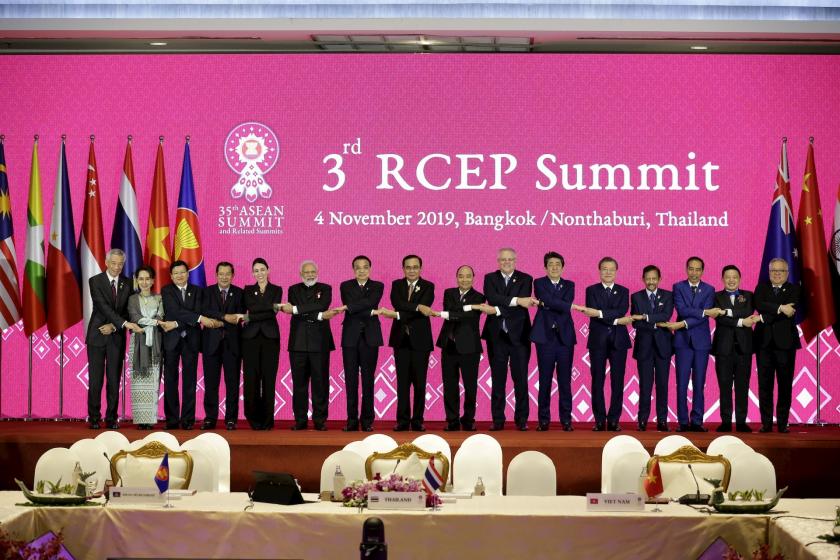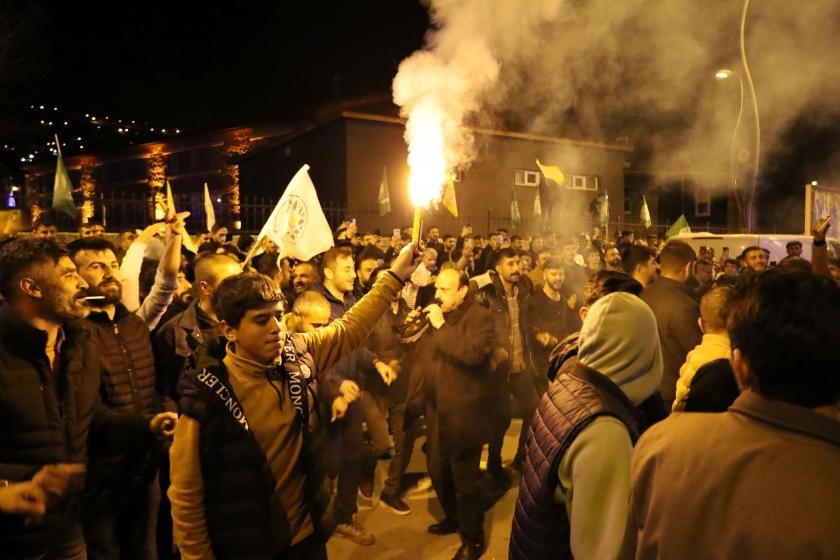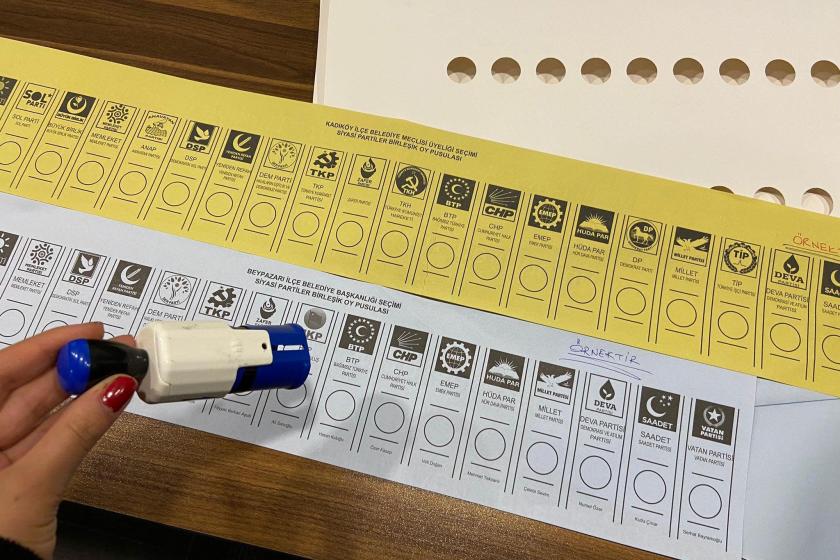
ASEAN summit on November 2nd – 4th
Ceren ERGENÇ
The Cold War power struggle unfolded in Asia. It is also where the post-Cold War power struggle is now unfolding. . However, the emerging regional structures are still far enough from internal coherence to shape the balance of power in world politics one more time. The annual summit season of the region in 2019 reiterates that.
Thailand hosted the annual ASEAN summit on November 2nd – 4th, and the East Asian Summit on the 4th. Concurrently, the Shanghai Cooperation Organization presidential meeting was held in Uzbekistan on November 1st – 5th.
The proxy wars of the Cold War – Germany in Europe, and Korea in Asia, demarcated the frontiers of the ideological, economic and military split between the two camps. The Southeast Asian Treaty Organization (SEATO), the parallel regional organization of NATO in Asia, announced the birth of a new, politically motivated region: Asia-Pacific. The Asia-Pacific region was going to be the West camp’s alternative to socialist Asia for the decades to come. It was not without a local rival, however.
ASEAN, established in 1967 as a local alternative to Cold War institutions in the region, has become the leading regional institution in Southeast Asia. After the Cold War, its sphere of influence expanded to attract the Northeast Asian neighbors as well as the major neighbors in the Pacific. ASEAN Plus Three eventually evolved into the East Asian Summit (EAS) to include China, Japan, Korea, India, Australia, New Zealand and the US in 2005.
When the US-initiated Asia-Pacific became dominated by a rising China, the US coined a new term as the harbinger of yet another neo-regionalism: Indo-Pacific. The Obama administration launched Asia Pivot to reassert the US into an increasingly China-dominated region. The Trump administration has so far preferred bilateral relations (or lack thereof) and practically, if not officially as in the case of their very own Trans-Pacific Partnership (TPP), has withdrawn from the multilateral regional initiatives. Regional Cooperation and Economic Partnership (RCEP) initiative was China’s response to the TPP’s attempt to exclude it from regional trade networks. India announced its formal withdrawal from the RCEP in this year’s EAS convention. With the US and India absent, the Indo-Pacific region that was supposed to represent, and reshape, East Asia is facing the peril of hollowing out before it even was an entity.
In the meantime, the post-9/11 Central Asia-centered regional organization, Shanghai Cooperation Organization (SCO, originally Shanghai Five, est. 1995), pulls the region to a different direction. The SCO enlarged for the first time in 2017 by admitting India and Pakistan to membership. Countries such as Turkey and Mongolia are also in the waiting room, but their accession does not seem likely because China only agreed to the first round of enlargement as a concession to Russia. In return, China has the support of Russia for the Belt and Road Initiative (BRI) that covers Central Asia almost entirely.
East Asia is decentered under the influence of extra-regional powers, namely the US and Russia, and with the help of regional actors, such as Japan and India, who are concerned about China’s dominance in the region. On the other hand, China and Southeast Asian countries, albeit for different reasons, keep investing their regional hopes in East Asia.
China held the China International Import Expo (CIIE 2019) at the same time as the ASEAN and EAS meetings. China’s president Xi Jinping visited the expo while China was represented by premier Li Keqiang in Thailand. The emphasis of the fair was China’s commitment to global markets and its advances in artificial intelligence (AI) technologies.
China uses these occasions to demonstrate agreeability, unlike the US, its counterpart in the prolonged trade wars. The two global powers were going to meet bilaterally during the APEC annual meeting in Chile in mid-November, but Chile canceled the meeting due to the escalating social unrest in the country. While APEC, yet another rival to EAS, is looking for an alternative venue for its meeting, China and the US are also in search for a new time and venue for the trade talks. The unexpected delay has so far increased the uncertainty as the official channels on both sides, as well as Trump on Twitter, frequently make contradictory statements.
East Asia (or Asia-Pacific, or Indo-Pacific, depending on one’s perspective and intentions) is indeed going through a state of increased uncertainty. As the economic powerhouse of the global system, the political orientation of the region could shape the world as it did in the past. However, the region seems not yet ready for this role.
* PhD in China's (local) politics, public participation, urban politics, comparative politics.
The China Studies Department of Xi'an Jiaotong-Liverpool University



